Science News
-
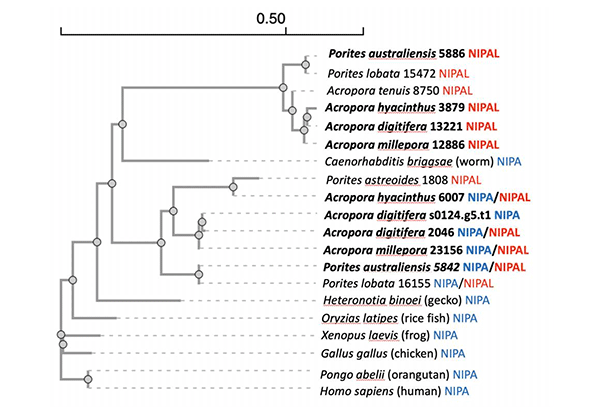
-
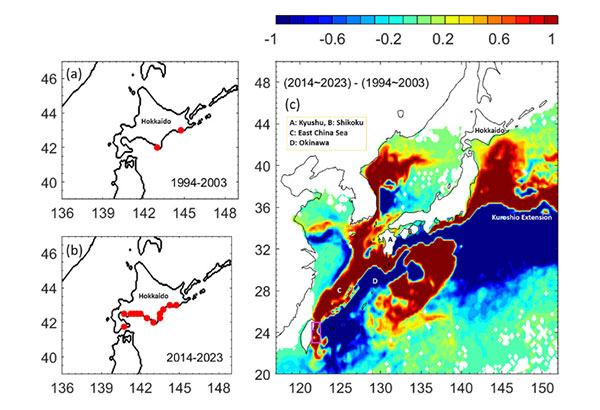
-

-
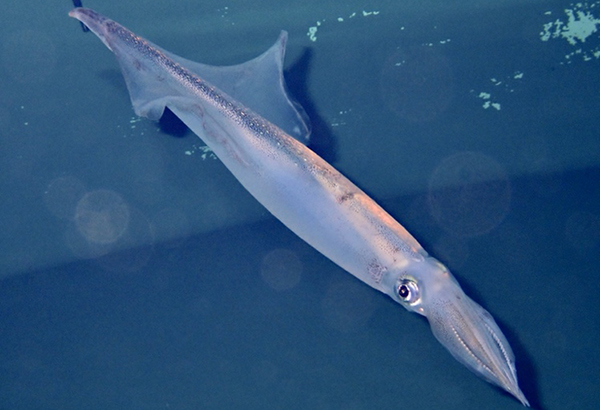
-
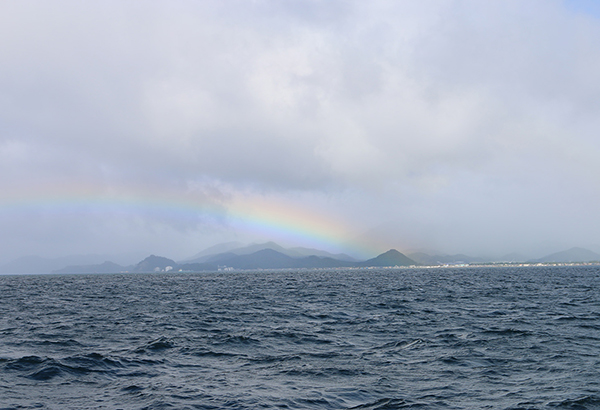
-

-
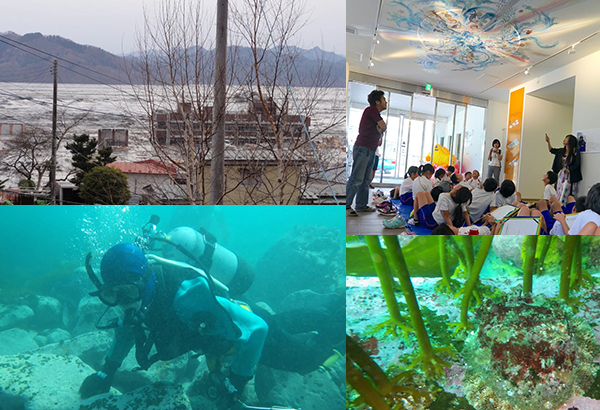
-
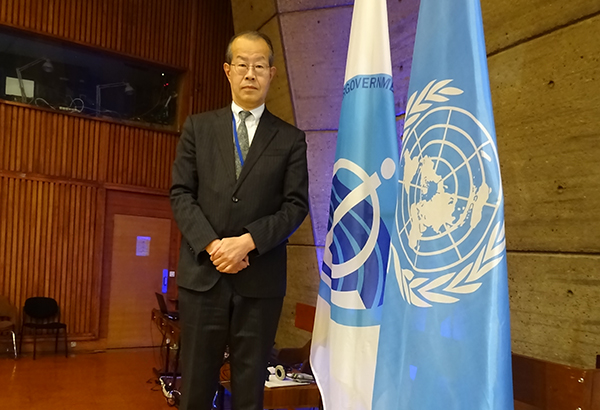
-
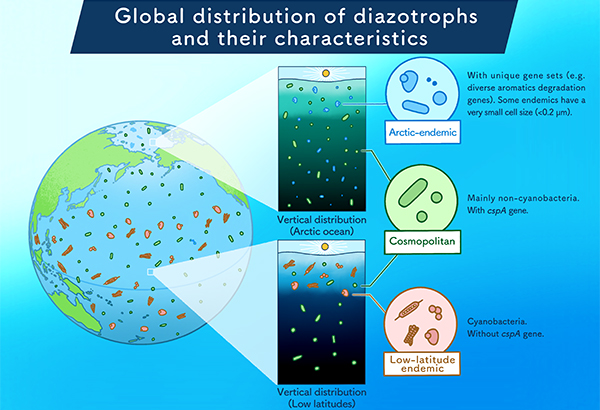
-
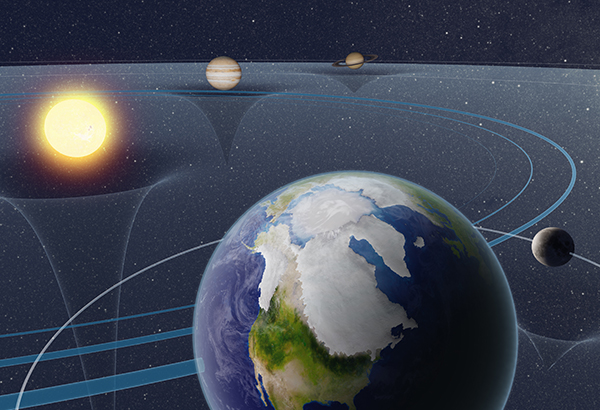
-
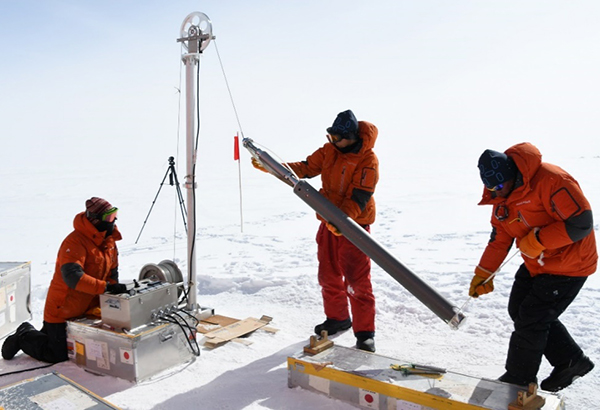
-
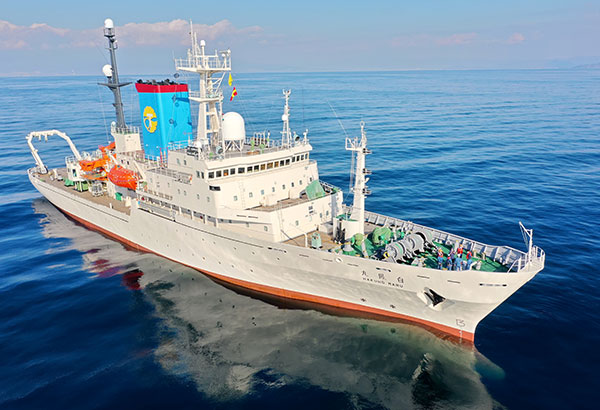
-
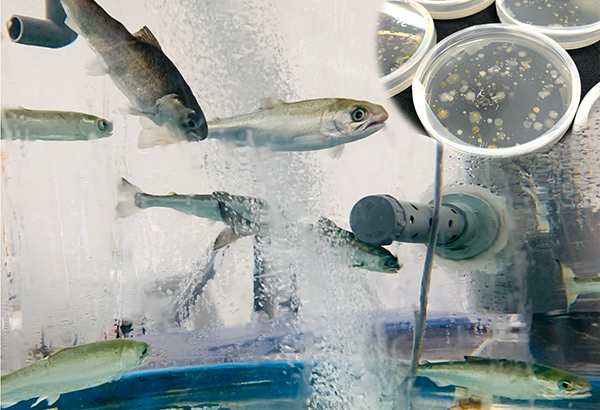
-
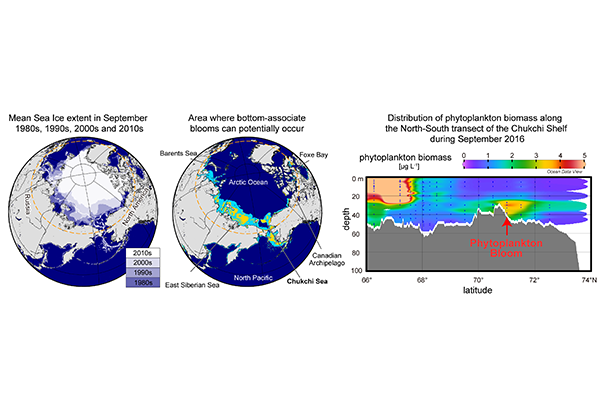
-
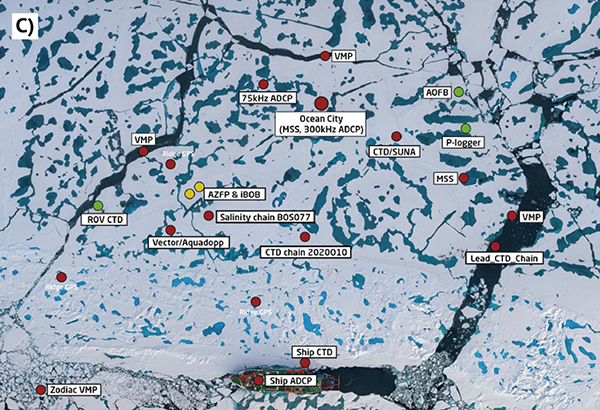
-
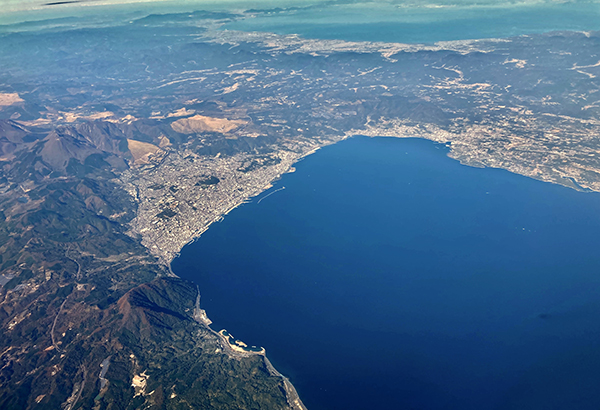
-
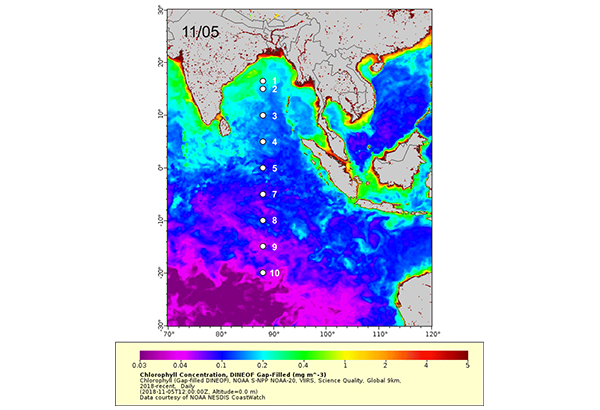
-
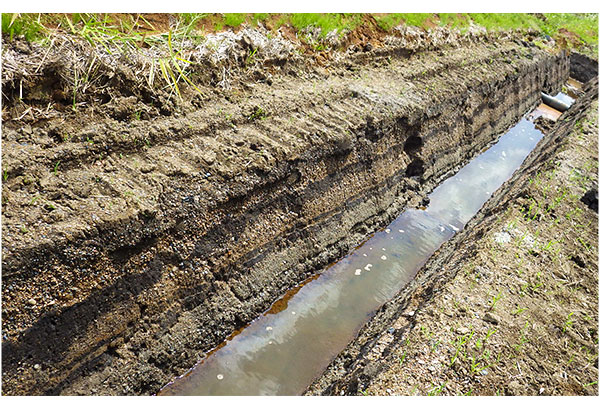
-
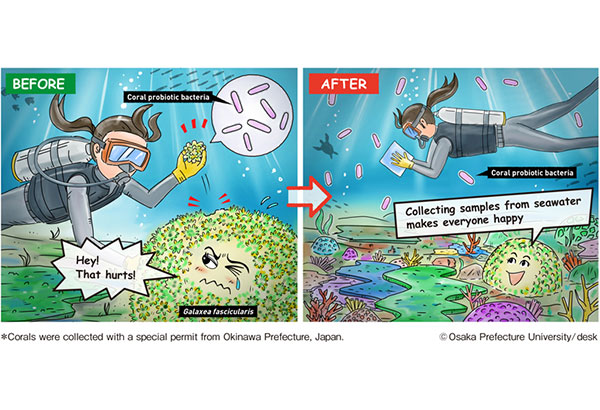
-
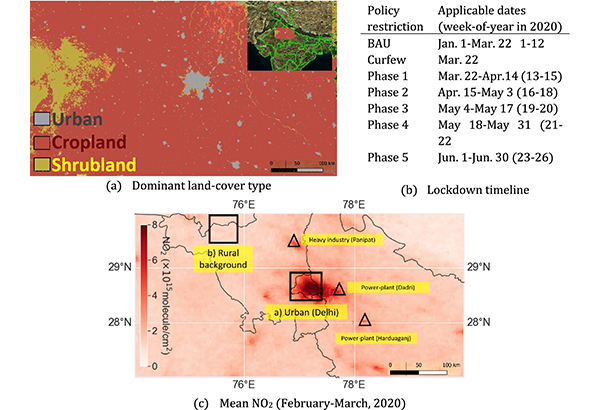
-
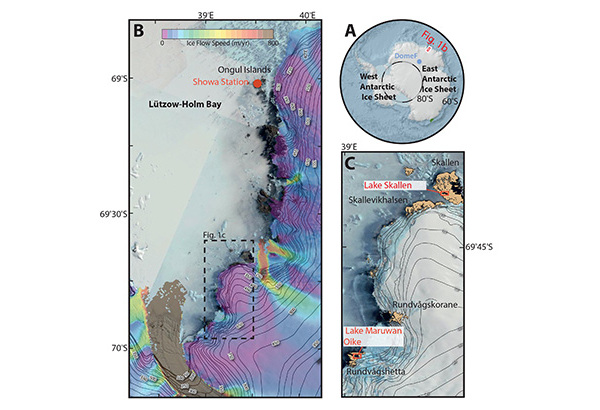
-

-
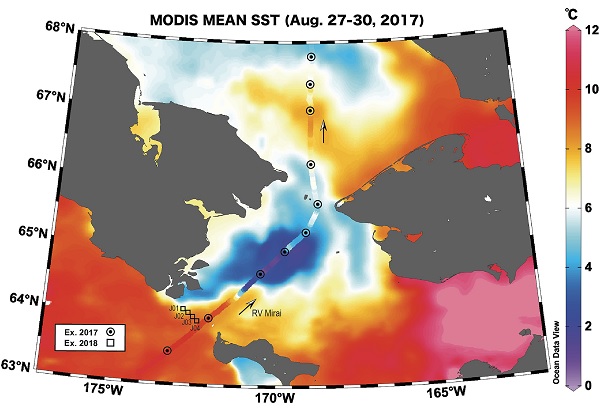
-
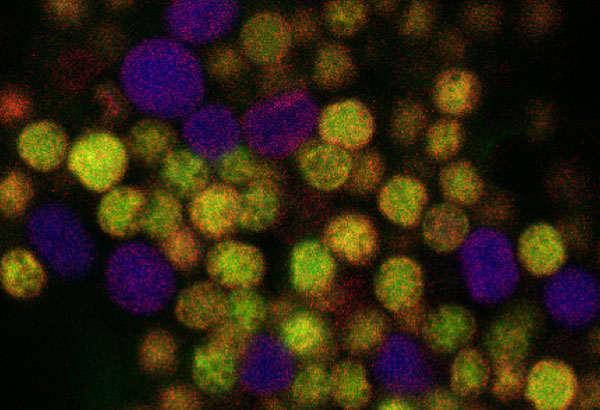
-
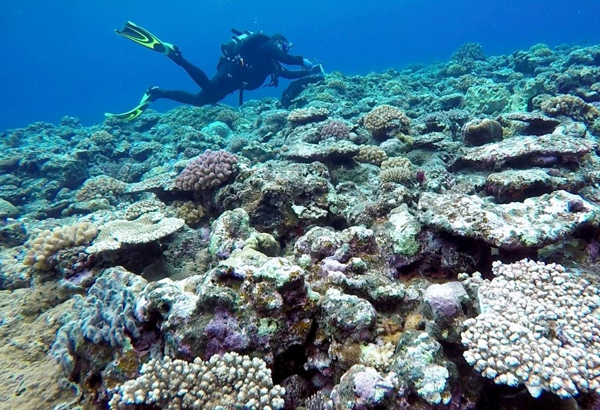
-
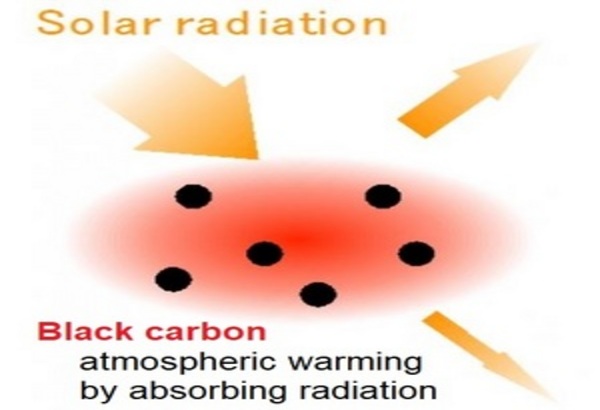
-
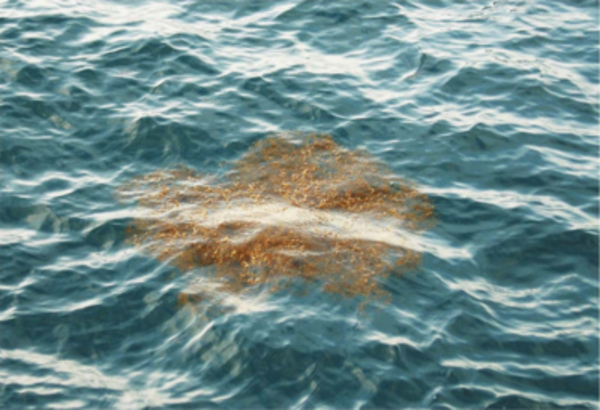
-
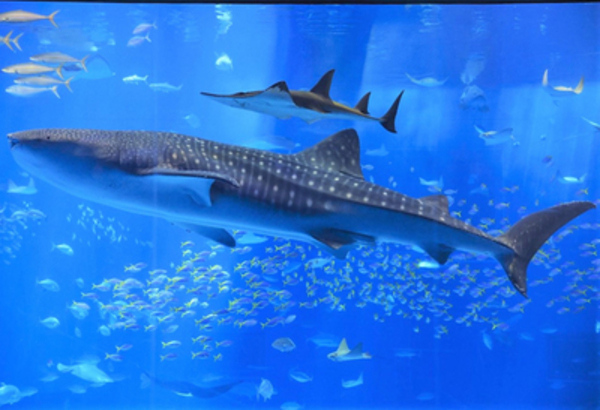
-
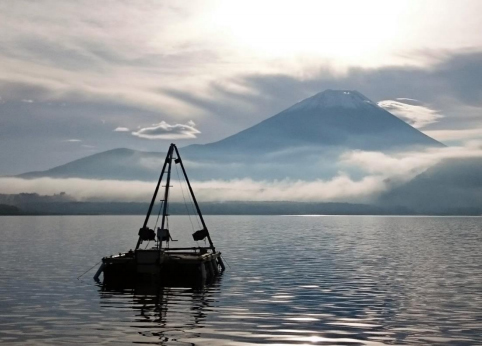
-
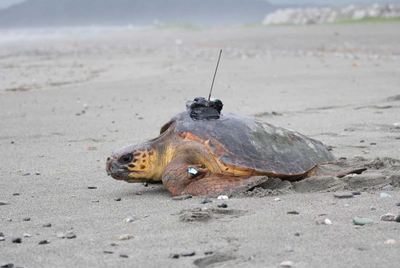
-
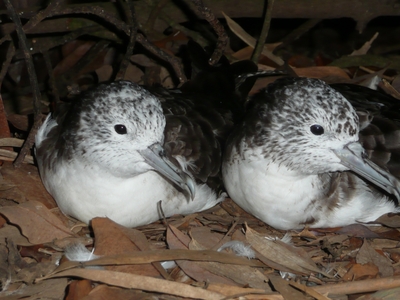
-
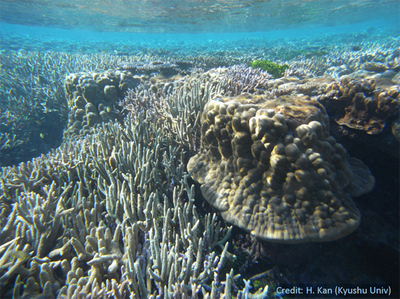
-
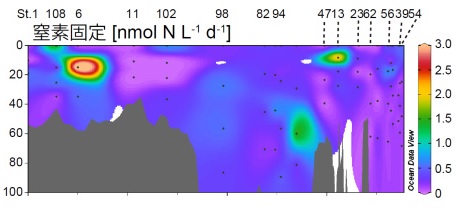
-
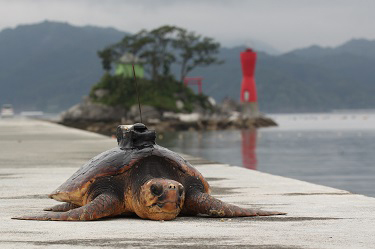
-
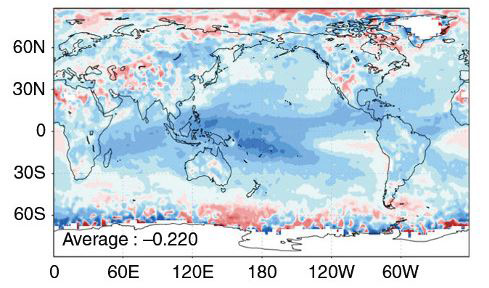
-
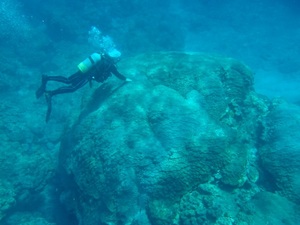
-

-
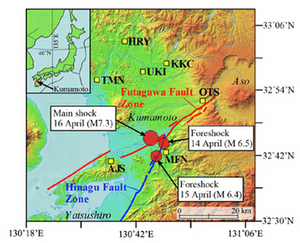
-
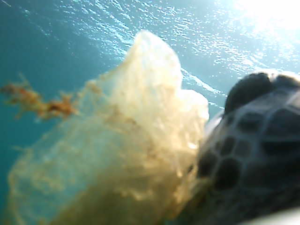
-
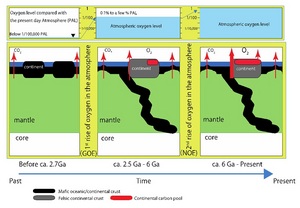
-
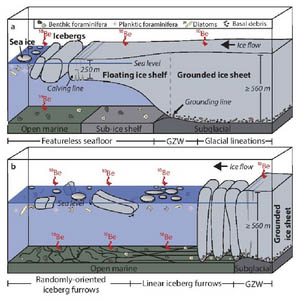
-
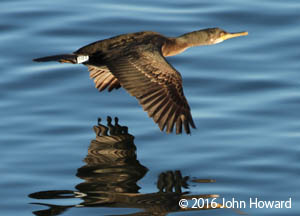
-
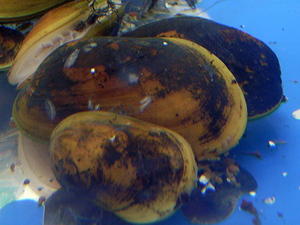
-
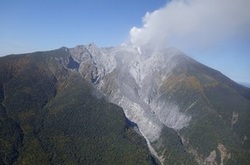
Helium anomaly preceded Mount Ontake eruption
2014 Mount Ontake eruption © 2015 Earthquake Research Institute, The University of Tokyo.
-
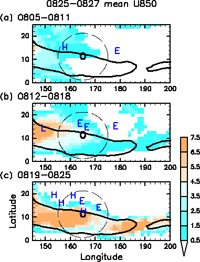
A joint research team led by Dr. Masuo Nakano, Department of Seamless Environmental Prediction Research (DSEP) at Japan Agency for Marine-Earth Science and Technology (JAMSTEC: Asahiko Taira, President) and Prof. Masaki Satoh, Atmosphere and Ocean Research Institute at The University of Tokyo demonstrated that it is possible to predict tropical cyclogenesis about two weeks in advance. It is based on simulations of eight tropical cyclones in August 2004 by applying a Nonhydrostatic ICosahedral Atmospheric Model (NICAM) on K computer.
-
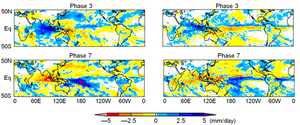
A joint research team consisted of the Japan Agency for Marine-Earth Science Technology (JAMSTEC: Asahiko Taira, President), the University of Tokyo, and Riken, led by Dr. Tomoki Miyakawa, Postdoctral Researcher (Basic Research Area/Coupled Ocean-Atmosphere-Land Process Research, JAMSTEC) and Professor Masaki Satoh (Atmosphere and Ocean Research Institute, the University of Tokyo) demonstrated that the Nonhydrostatic Icosahedral Atmospheric Model (NICAM) on the supercomputer K is effective for month-long forecasts of the Madden-Julian Oscillation (MJO), a huge eastward propagating atmospheric pulse that affects the entire globe.
-
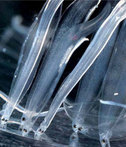
A Low Trophic Position of Japanese Eel Larvae Indicates Feeding on Marine Snow
What eel larvae feed on in the surface layer of the ocean has remained mysterious. Gut contents and bulk nitrogen stable isotope studies suggested that these larvae, called leptocephali, feed at a low level in the oceanic food web, whereas other types of evidence have suggested small zooplankton are eaten. In this study we determined the nitrogen isotopic composition of amino acids of both natural larvae and laboratory reared larvae of the Japanese eel to estimate the trophic position (TP) of leptocephali. We observed a mean TP of 2.4 for natural leptocephali, which is consistent with feeding on particulate organic matter (POM) such as marine snow and discarded appendicularian houses containing bacteria, protozoans and other biological materials. The nitrogen isotope enrichment values of the reared larvae confirm that the primary food source of natural larvae is only consistent with POM. This shows that leptocephali feed on readily available particulate material originating from various sources closely linked to ocean primary production and that leptocephali are a previously unrecognized part of oceanic POM cycling.
RESEARCH PAPER SUMMARY (358KB)
(358KB) -
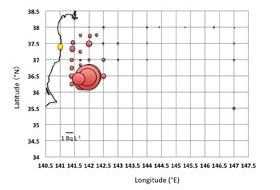
Detection of Fukushima-derived radionuclides in seawater, zooplankton, and small fish off Japan
Assistant professor Jun Nishikawa and research fellow Hiroomi Miyamoto of the Atmosphere and Ocean Research Institute, University of Tokyo, were part of an international team of researchers investigating radionuclides in the Pacific Ocean 30-600 km offshore from the Fukushima Dai-ichi nuclear power plants (NPPs). In June 2011, the team detected NPPs-derived 134Cs, 137Cs, and 110mAg from seawater, zooplankton, euphausiids (shrimp-like crustaceans), jellyfish, and micronektonic fishes.
The results of this research appear in the April 2 online edition of the journal Proceedings of the National Academy of Sciences of the United States of America (PNAS). -
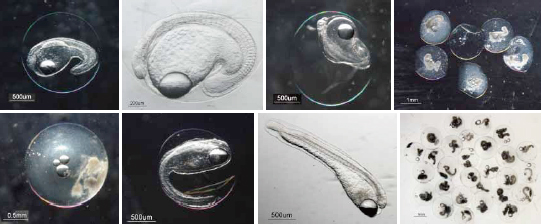
Rapid Progress in Spawning Ecology Research on Freshwater eels
The R/V Hakuho Maru (JAMSTEC) has made a research cruise to the spawning area of the Japanese eel (Cruise KH-11-6), directed by Prof. Katsumi Tsukamoto of the Atmosphere and Ocean Research Institute of the University of Tokyo in June-July 2011, which has found wild Japanese eel eggs, by successfully collecting about 150 eggs.
Photographs of various stages of eggs of the Japanese eel, Anguilla japonica, that were collected near the salinity front along the southern end of the West Mariana Ridge Seamount chain in June of 2011.



